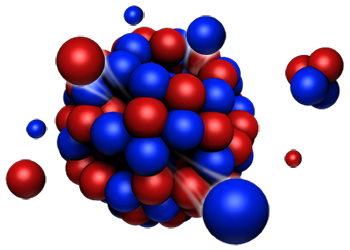Speaker
Description
The design and deployment of 15 neutron instruments in three halls, equipped with more than 150 choppers and numerous optical components is a challenge the European Spallation Source ERIC is confronted with in the immediate future. In order to diagnose the correct transport of the neutron beam, approximately 50 beam monitors are required to be installed at various locations along the neutron instruments, e.g. in the bunker to offer information on the target moderator flux, behind choppers to ensure the correct energy selection and resolution, as well as before and after the sample for data normalisation. Parts of these use-cases are necessary for the science case of the instrument; others are required for instrument diagnostics and fault finding and facility performance monitoring. This abstract presents the effort to qualify, optimise and standardise existing detectors (multiwire proportional counters, ionisation chambers, fission chambers, GEM detectors, Vanadium monitors, scintillators) to this purpose by means of experimental campaigns and Monte Carlo simulations, as well as to optimise more novel designs of parasitic or less invasive beam monitoring approaches. The results of the experimental characterisation and optimisation are presented in terms of beam monitor efficiency, attenuation, scattering, time (time-of-flight) resolution and flux capability. Instrument requirements for beam monitors are discussed and the roadmap to the installation and the cold commissioning is presented. The overall aim of this common project is to ensure a homogeneous approach to monitoring the instruments at the facility, to enable a smoother start for ESS commissioning and initial operation and better diagnostic tools for issues that occur.

